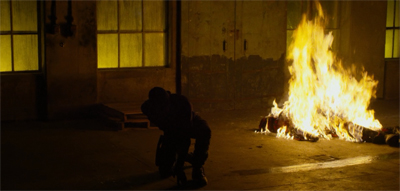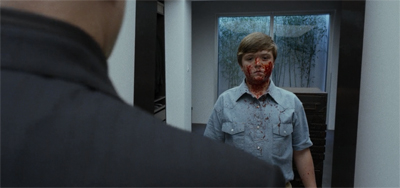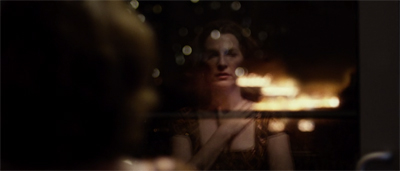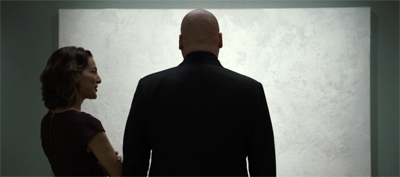This month, we’re doing daily reviews of the second season of Daredevil. Check back daily for the latest review.
Throughout the second season of Daredevil, major characters debate the nature of Frank Castle.
In Bang, Frank Castle is introduced as a force of nature; he is presented akin to an old horror movie monster. In New York’s Finest, Frank tries to argue his case with Matt; Frank suggests that he simply offers a more permanent variation of the justice that Matt dispense. Indeed, Regrets Only seems to suggest that Karen has a more sympathetic perspective on Frank; Foggy dismisses him as obviously insane. In Semper Fidelis, Matt and Karen argue about whether Frank could be considered a hero.

“You should put that on a t-shirt or something.”
As the second season of Daredevil marches on, the series continues to offer excuses and justifications for what Frank does. The show goes out of its way to avoid any potentially challenging read of Frank Castle, tying everything neatly back to the death of his family. Guilty as Sin implies that Frank is a victim of “sympathetic storming” that keeps the death of his family constantly fresh in his mind. Seven Minutes in Heaven makes it clear that Frank still has a lot killing to do to avenge his family. Frank is presented as a brutal avenger, rather than a violent serial killer.
However, as the second season of Daredevil enters its final act, the show tips its hand. The Man in the Box makes it clear that Frank Castle is not an anti-villain. He is not even an anti-hero. Frank Castle is a straight-up hero. As the show moves into its final stretch, it becomes clear that the production team have crafted a thirteen-episode superhero origin story for Frank Castle. That gets to the root of the problems in his characterisation.

Sai.
Filed under: Television | Tagged: daredevil, kingpin, the hand, villains, wilson fisk | 9 Comments »




































